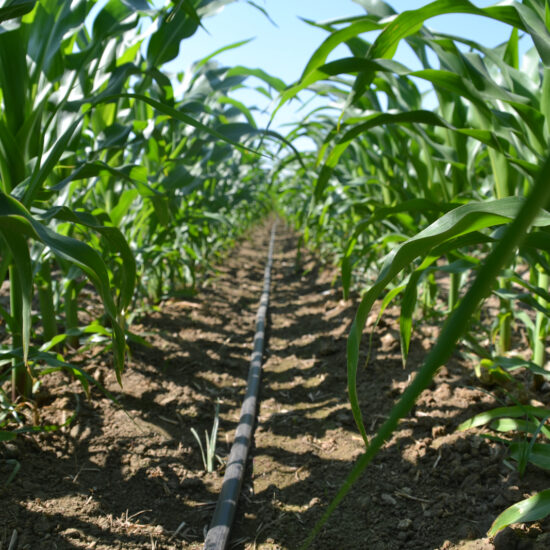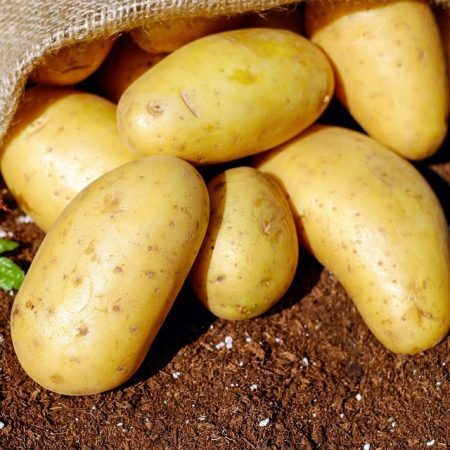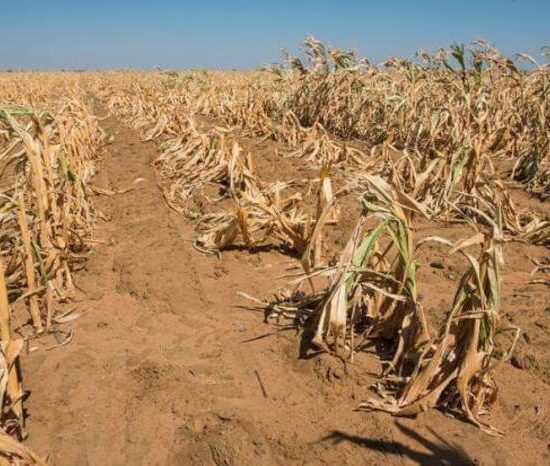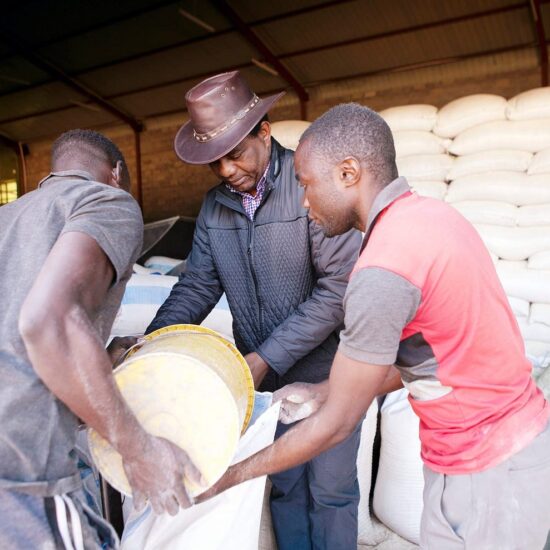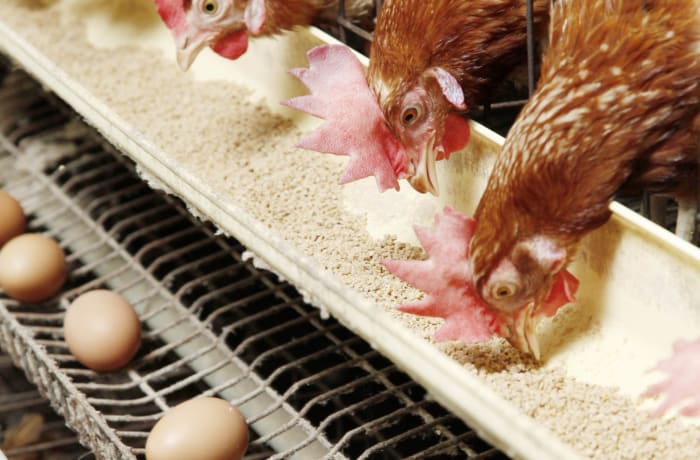
Soya beans production is expected to continue to surge upwards as demand for edible oils and stock feed continues to rise in Zambia and its neighboring countries.
Soya beans production is this year projected to increase further as the crop use as a Food crop is also on the raise. Zambia is projected to recorded a notable 6% growth in Soya production between the 2018/2019 to 2019/2020 farming season.
According to information made available to the Zambian Business Times – ZBT by Zambia’s statistics agency – Zamstats, soya beans production is expected to increased from about 281,000 tonnes in the 2018/2019 farming season to about 297,000 metric tonnes in the 2019/2020 farming season.
And the Soya beans market and demand remains high even within Zambia. Ministry of Agriculture Chief Field Crops Agronomist Nawa Malumo said the current production is still very low when you look at what is required to meet the stockfeed and edible oil requirements of the country.
Malumo said some of the things that can be done to increase production include increasing extension provision to farmers in order to improve on management and yield of the crop, as the current yields are too low when compared to best practices.
He added that other measures that value chain players such as seed companies can take to improve productivity include strengthening soyabeans breeding in order to provide higher yielding varieties to farmers.
Strengthening farmer cooperatives for easy acquisition of inputs and marketing and facilitating bulking centres in production centres especially in rural areas could increase production and make Zambia a net exporter.
He said some of the challenges faced by the farmers are the cost of seed which has been too high for many small scale farmers. Most local farmers who want to venture into Soya can not find quality seeds as its not readily available in many areas. This has led farmers recycling seed which is not ideal.
He also cited poor management practices such as late planting ,farmers not applying the right fertilizer, late harvesting leading to high post-harvest losses and in varieties that shatter adding that this can lead to high losses.
Malumo however stated that there is a readily available market for soyabeans especially in peri urban areas and the demand for the crop is high, although farmers in rural areas still find challenges to market the commodity adding that currently, there are still few processing facilities in the country which restricts the market.
He mentioned that it is difficult to ascertain if this year’s projected increase in Soya production will be realized but noted that the rainfall pattern has been favourable for the crop.
Local farmers have been caught up in mono cropping which has led to less diversification and rain dependent agriculture. For farming to be profitable, there is need for an all year round production system that will ensure revenue generation does not get restricted to rain fed production.



